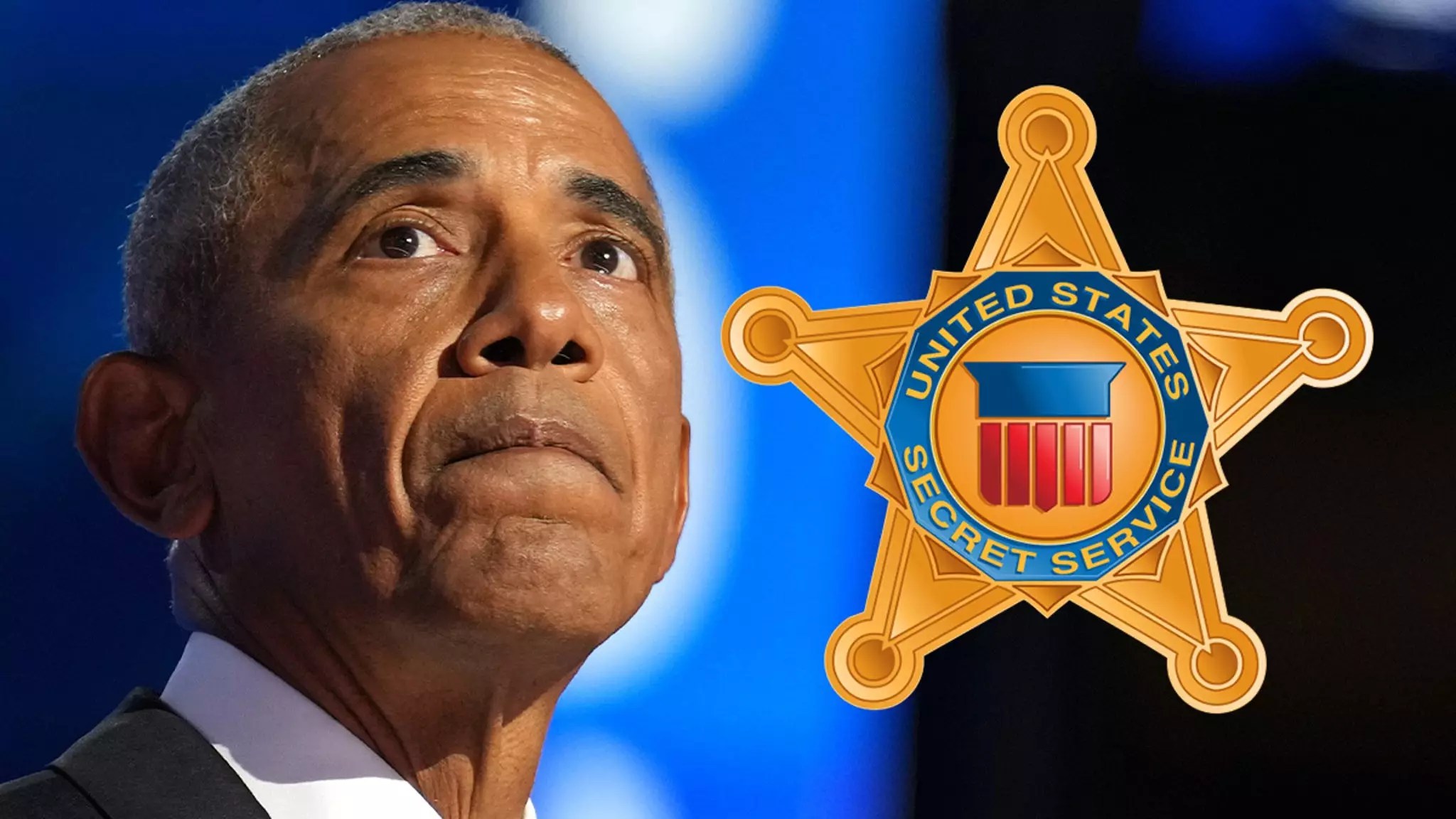The recent incident involving former President Barack Obama has ignited a firestorm of debate surrounding the effectiveness of Secret Service protocols. The details that have surfaced regarding a close encounter between the ex-president and an armed security guard draw attention not only to the security protocols at play but also the potential vulnerabilities present even for the most prominent figures. Through examining the various facets of this incident, we can better understand the implications for security measures and the need for a review of current practices.
On a Saturday evening, as Obama was enjoying a meal at the upscale restaurant Mother Wolf, an armed security guard inadvertently approached his SUV. Unbeknownst to the guard at first, the vehicle was housing the former president, who was focused on his laptop. This brief interaction raises alarming questions about the secretive world of presidential protection; namely, how could a man with a weapon walk within inches of Obama without any visible barriers or precautions in place? Eyewitness accounts reveal that there were no agents positioned at the rear of the SUV or monitoring the accessibility of the stairwell from which the guard emerged.
While the Secret Service has downplayed the incident, asserting that no protectees were in the vehicle at the time, the reality remains that the guard was indeed in a position to pose a potential threat. It is astonishing how quickly the situation escalated from a trivial curiosity into a serious security vulnerability. The guard himself expressed a degree of panic upon catching sight of Obama, realizing only then the gravity of the situation he had unwittingly found himself in. This moment sheds light on the often-blurry line between safety protocols and human error.
Every incident of this nature forces scrutiny upon the more extensive implications of protection protocols in place. The Secret Service prides itself on a legacy of vigilance and adaptive strategies to counter growing threats, yet the failure to ensure adequate protective measures in this instance illustrates a gap that would allow an armed individual to approach Obama without immediate deterrence. Such a breakdown could lead to catastrophic consequences.
The armed guard, who was incidentally there for a bar mitzvah, did not harbor any ill intentions, yet his experience delineates how deceptive appearances can be. In a world rife with threats against public figures, reliance on assumptions and informal judgement can be risky. The fact that the agents on the scene seemed startled by his presence reiterates the uncertainty that clings to security effectiveness. Urban environments — especially those as vibrant and populated as Hollywood — present distinct challenges to maintaining the necessary vigilance that a security situation demands.
Moreover, this incident coincides ominously with a string of scrutiny directed at the Secret Service following security breaches related to former President Donald Trump. The spotlight has fallen firmly on the agency as critics demand greater accountability and transparency. The agency’s commitment to protecting the nation’s leaders is being questioned, compelling dialogue on whether systemic changes are required.
Advocates for reform suggest that a reevaluation of existing procedures would bolster effectiveness, including enhanced coordination and communication among agents. Rather than resorting to defending past actions, a shift towards introspection may reveal insights vital for safeguarding against future threats. Regardless of the outcome of this particular scenario, the historical precedence of protective detail failures needs to be carefully analyzed and considered seriously in order to evolve security measures.
The close encounter involving Barack Obama serves as a catalyst for discussions that extend far beyond that single incident. In a world that is constantly evolving with risks and threats against high-profile individuals, it is essential to ensure that the protective details surrounding them are completely foolproof. All segments of the Secret Service — from the agents on the ground to the strategists shaping protective policies — must remain vigilant and adapt. The moment for reflection and reform is here; moving forward requires a renewed commitment to safety, methodology, and accountability within the Secret Service ranks. Only then can they truly fulfill their mission to protect the leaders of our nation.







Leave a Reply